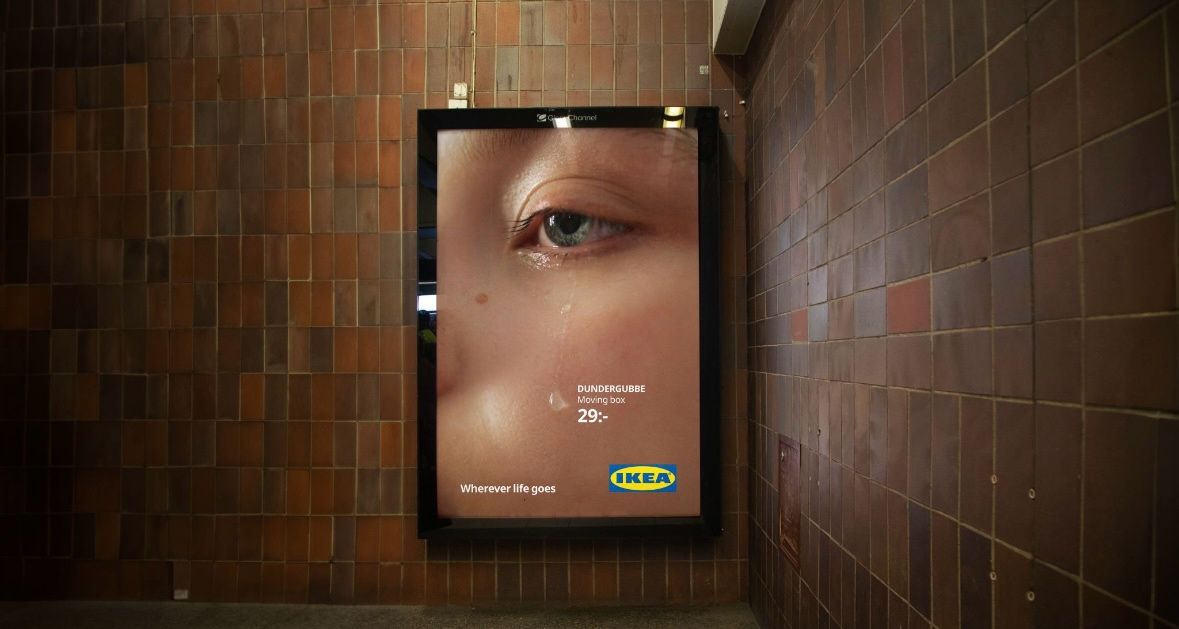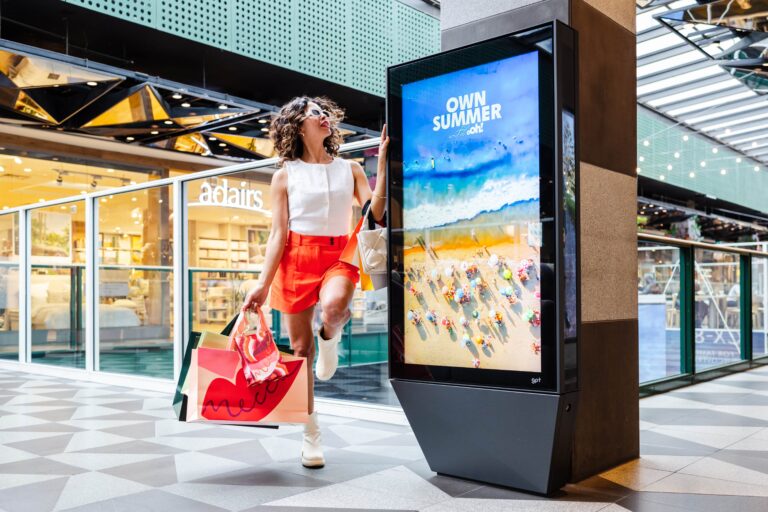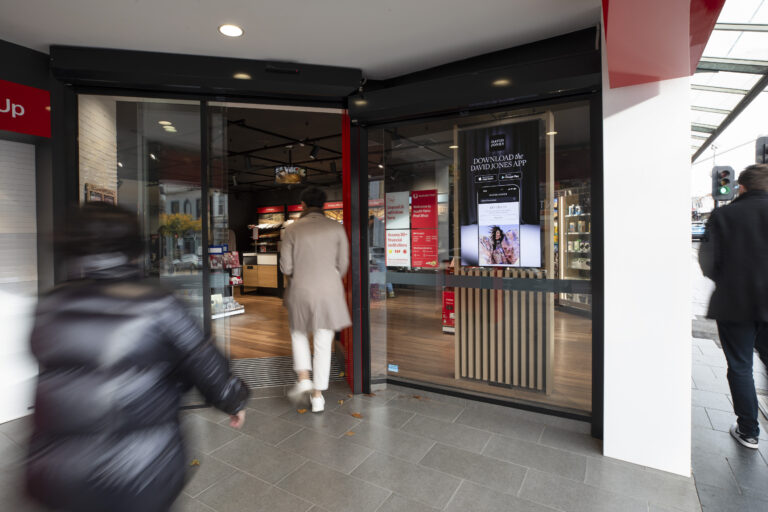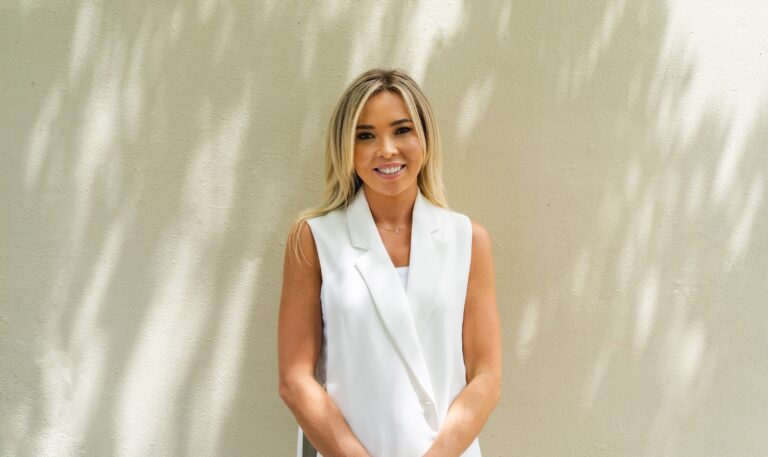As originally published in B&T.
If 2024 was the year Out of Home (OOH) rediscovered its swagger, 2025 was the year it fully ignored the rulebook, turned the volume up, and started experimenting with anything it could get its hands on, oOh!media‘s head of creative Josh Gurgiel writes.
This year’s best OOH wasn’t just big – it was alive. It blurred lines between stunt, spectacle, and storytelling. It turned retail roofs into stages, crosswalks into data visualisations, and Times Square into a crime scene involving Cheeto dust.
Several key themes dominated. OOH as event became the standard, not the exception. Brands created moments built to be filmed, shared, memed and blown up on TikTok. Cheeky, tactical mischief – from logo-hacking to loophole-finding to consecutive-chaos, OOH gave creative teams new ways to play in public spaces. And we saw a welcome return to human truth and emotional storytelling, proof that OOH’s quiet work can hit just as hard as its loudest builds.
Most of all, 2025 reminded us of OOH’s defining superpower: the ability to be wonderfully, gloriously, cheekily unmissable.
Here are the 10 executions that defined the year.
Aldi – ‘Cap-Aldi’
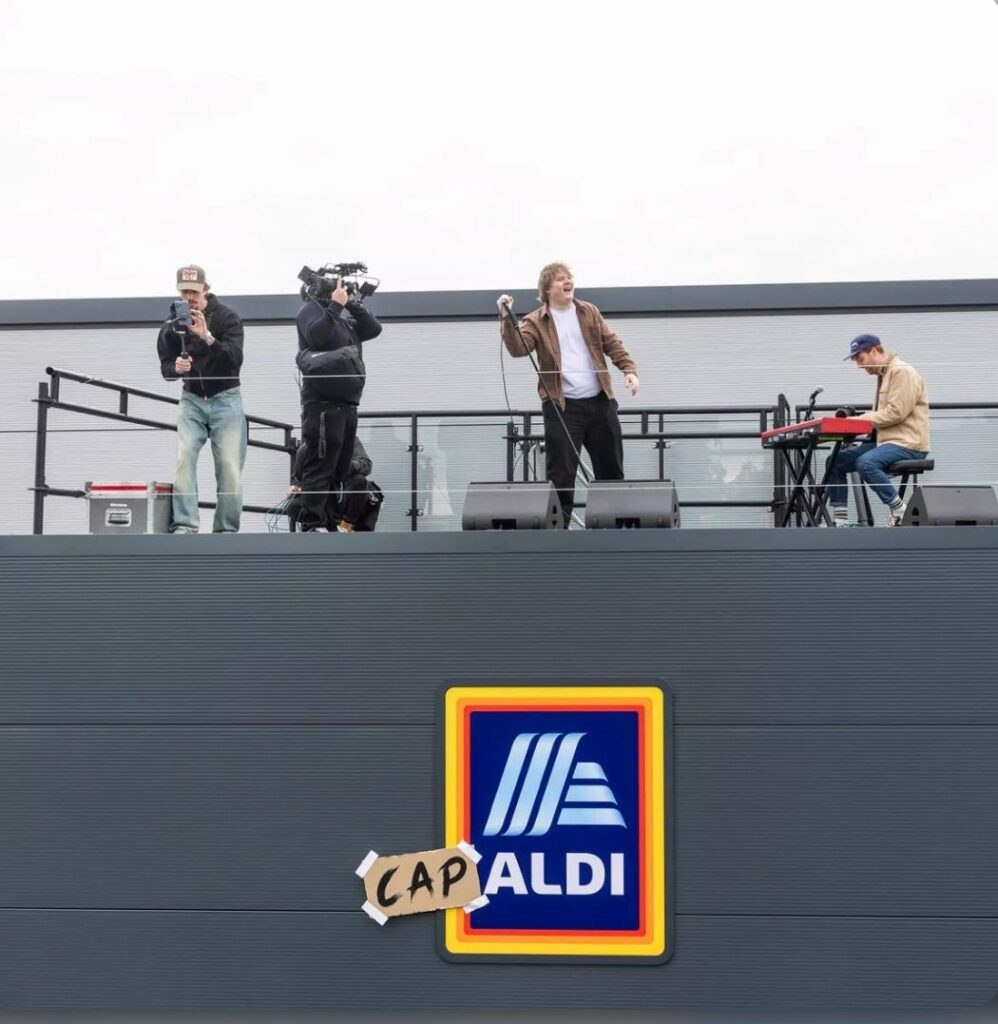
Aldi didn’t buy an OOH site, they became one. Turning the rooftop of a Nottinghamshire store into a pop-up stage for Lewis Capaldi was a moment of pure cultural hijack. It transformed an everyday supermarket into a place people couldn’t help but film. The cheeky rebrand to ‘Cap-Aldi’ made it even better: a simple, sharp idea that rewrote the rules of owned assets and proved that any surface can be a stage if you’re bold enough to use it.
McDonald’s – ‘McScream’

For Halloween, McDonald’s dropped a gigantic, spooky ‘McScream’ burger above NYC – an oversized, slightly ridiculous, completely attention-commanding beast. Its scale was comedic, its timing perfect, and the whole thing existed for one purpose, get people pointing their phones up. It was playful brand-building with recognisable assets, and it delivered exactly what seasonal OOH should: a fun, talkable, instantly shareable moment.
IKEA – ‘Wherever Life Goes’
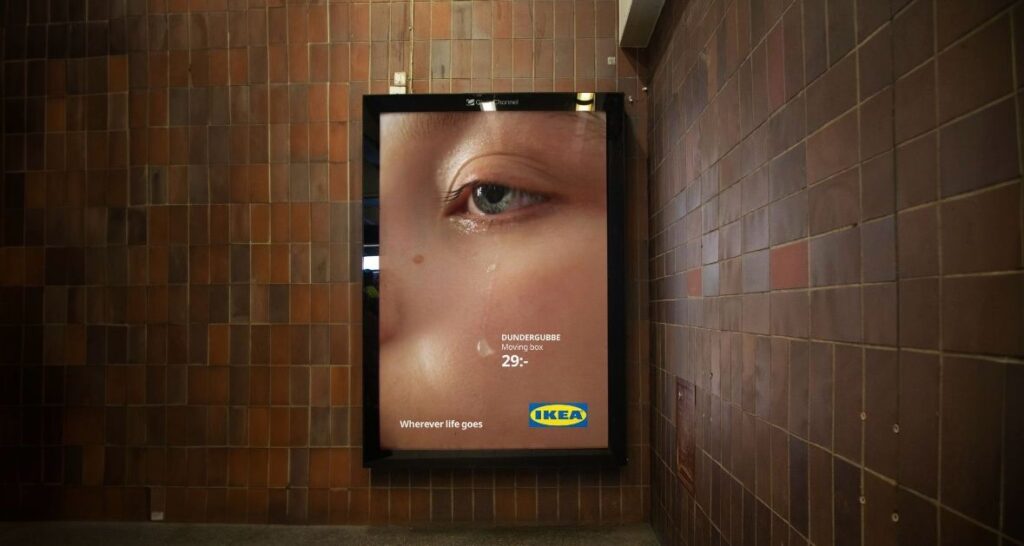
IKEA once again proved that emotional storytelling doesn’t need bells and whistles. These billboards didn’t scream for attention, they earned it with elegant, human moments captured honestly. A couple embracing, a broken foot propped up, a child practising violin. Each image naturally connects to an IKEA product, without ever feeling like an ad. It’s quiet and empathetic OOH that positions IKEA as a relatable brand embedded in real life, not hovering above it.
HOKA – ‘Bringing the Mountains to Manhattan’
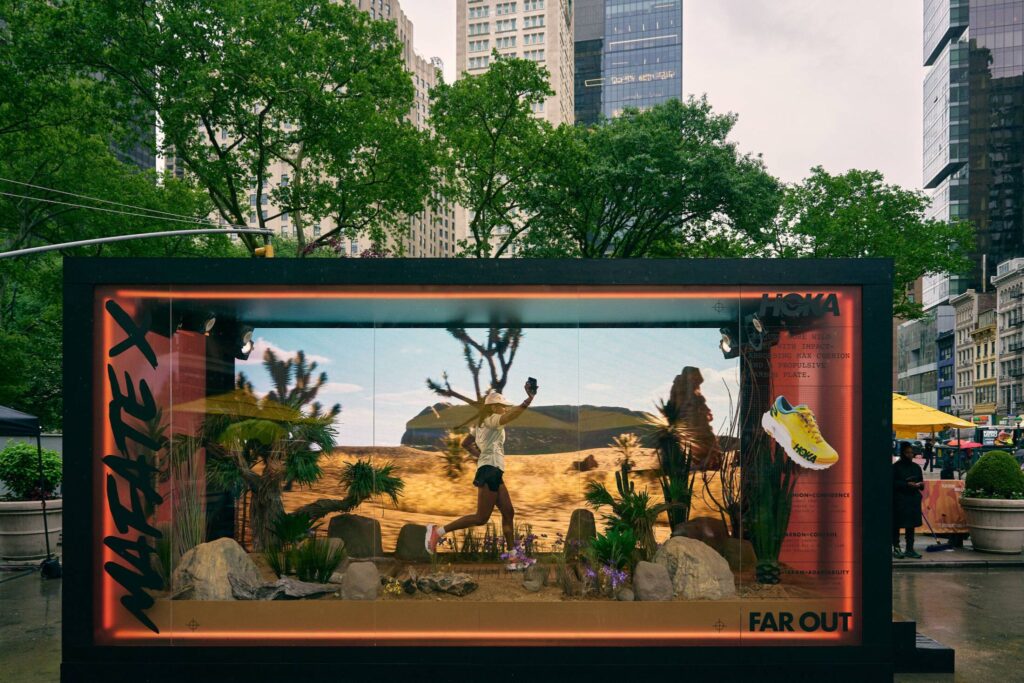
HOKA transported trail running into the heart of New York City by building a living desert – heat, wind, rocks, and all around a lone treadmill. A moving, reactive backdrop shifted in real time with every stride, creating a fully immersive run in the middle of the urban grid. When not in use, the installation transformed into a 3D billboard showcasing the Mafate X. It was part experiential, part spectacle, part brand truth and pure impact.
Nike – ‘Chicago Marathon Motivation’
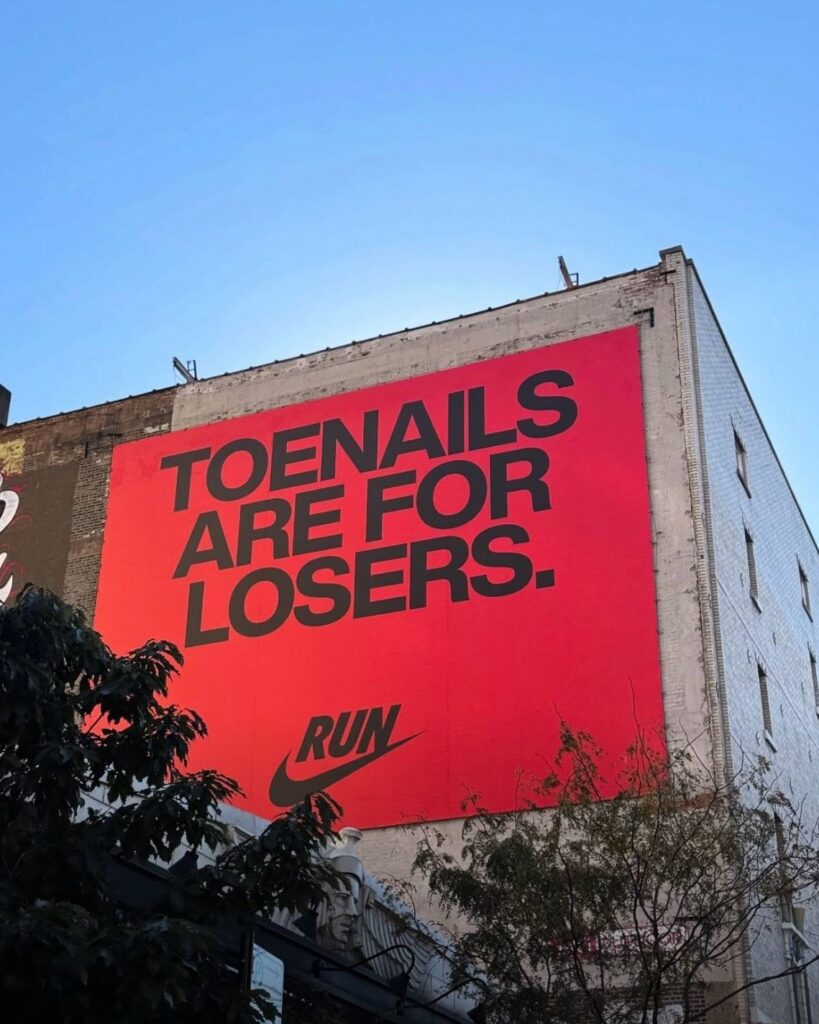
Nike knows runners better than anyone. Their marathon-route billboards were simple, perfectly placed messages designed to hit at exactly the moment runners needed them. Bold, cheeky, motivating lines became emotional checkpoints throughout the course. It’s the kind of smart contextual OOH that understands location is not just a placement, but part of the idea.
KFC – ‘Smile, It’s Hockey Season’
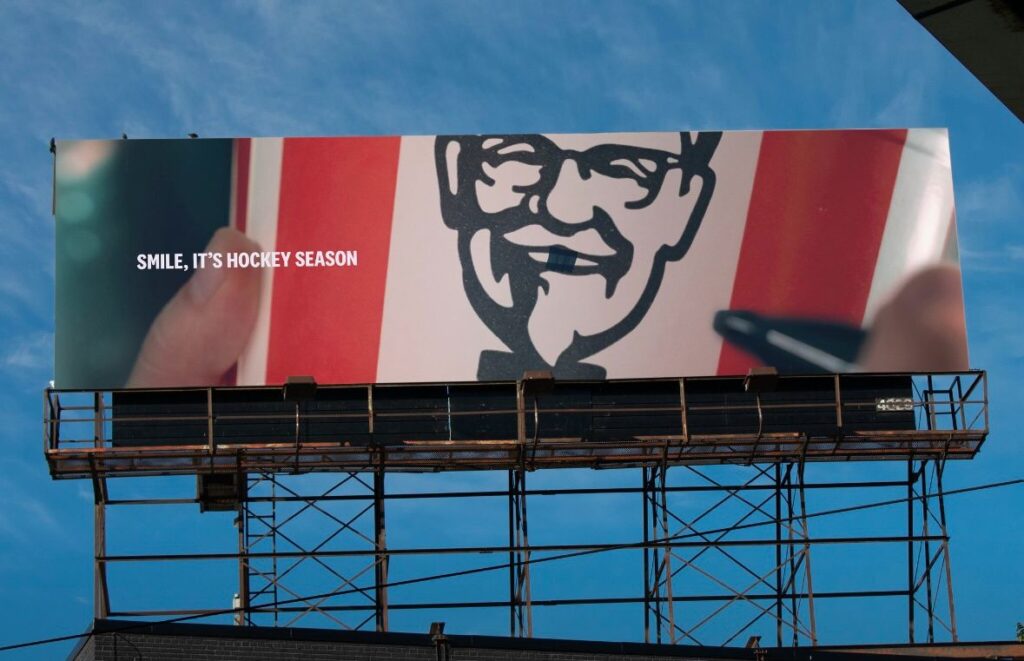
KFC showed that sometimes the best idea is hiding inside your own logo. By turning the Colonel’s smile into a hockey-players signature toothless grin, KFC transformed an already iconic asset into something witty and seasonal. A tiny tweak, a big payoff, and proof that you can touch the logo when you’re playing with it for the right reason.
Tuzla Municipality – ‘The Accident Chart’
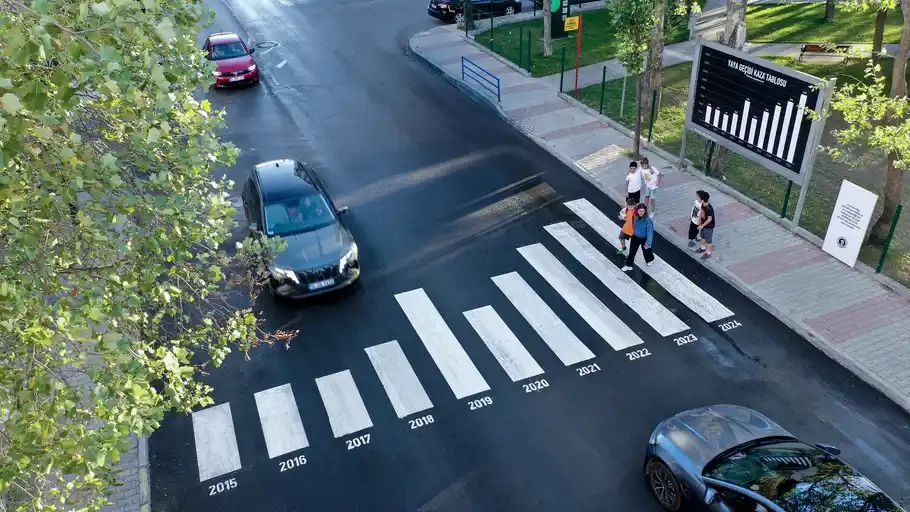
This is OOH with purpose. A pedestrian crossing reimagined as a bar chart showing ten years of road accident data made the issue impossible to ignore, especially for the people walking across it. Simple, striking, and brutally clear, it transformed an everyday part of urban infrastructure into an educational tool. It is civic communication done right.
TD Bank – ‘Own a Piece of It’
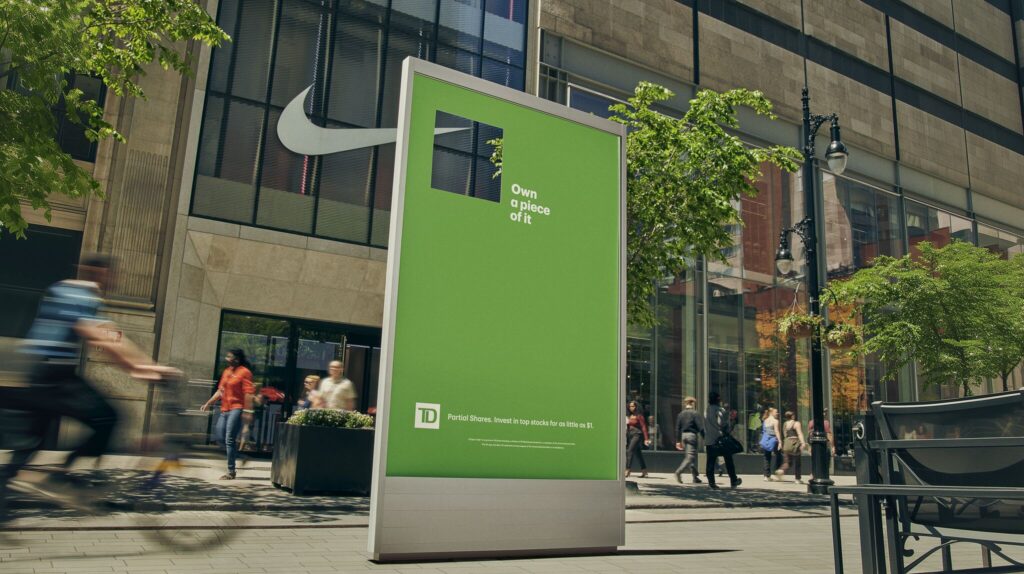
Regulations said TD couldn’t show the brands people could invest in. So, they found a loophole – literally. By cutting windows out of their billboards to frame nearby stores, the environment did the talking for them. It’s a brilliant example of place-based creativity, smart, clean, and instantly understandable. Instead of avoiding restrictions, they turned them into the idea.
Netflix x Cheetos – ‘Thingertips in Times Square’
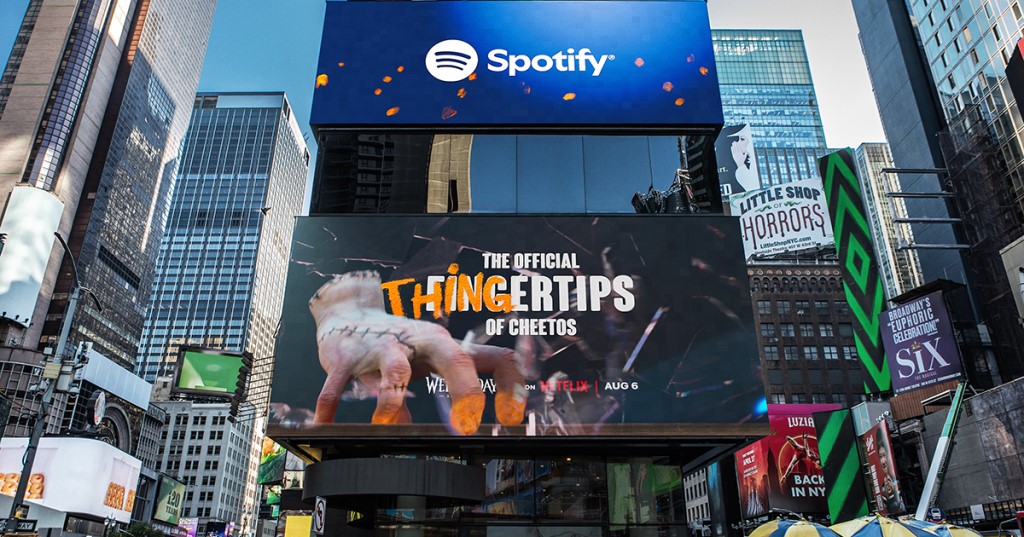
Thing from Wednesday escaped from a Cheetos billboard and left a trail of orange dust across Times Square. The execution was playful, messy, and deeply meta, exactly the kind of work that flourishes in the most famous advertising precinct on Earth. It felt alive, mischievous, and tailor-made for social media chaos, transcending the screen and creating an interconnected ecosystem of experiences for its audience.
Netflix – ‘Happy Gilmore LA Takeover’
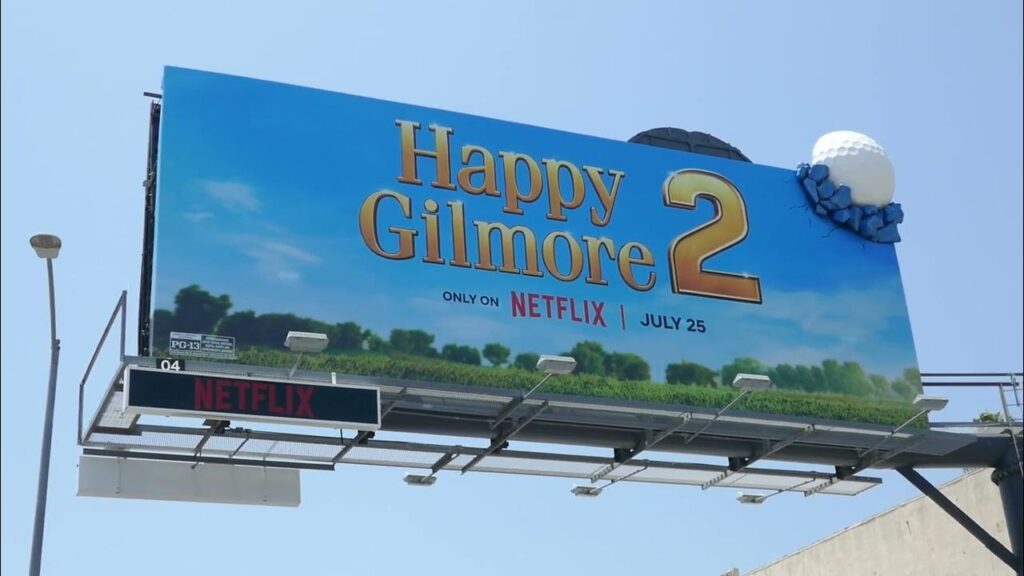
Netflix didn’t just promote Happy Gilmore 2, they declared full-scale war on the LA skyline. With a wild mix of supersites, special builds, lighting tricks, and consecutive comedic site-to-site interactions, this Large Format domination turned LA into a living Happy Gilmore set in a way that only Netflix could. With giant golf balls flying from one site, smashing through another and landing on a third, this was a masterclass in how to hype a film through OOH dominance.
